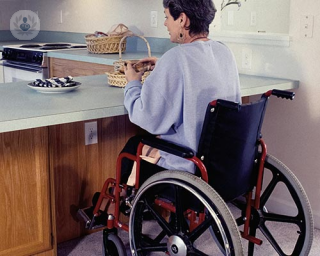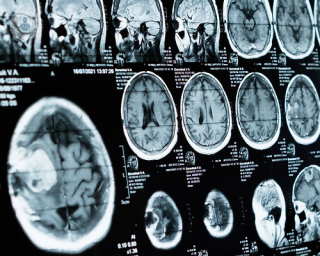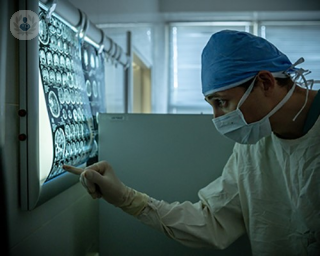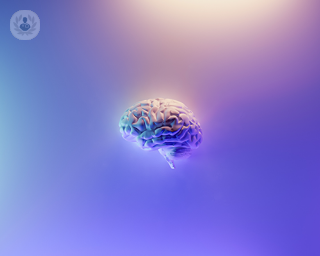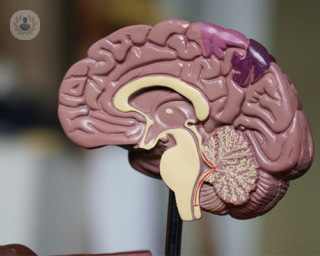
By Professor Hedley Emsley
31.05.24
Neurology
Cerebral small vessel disease and why it's so important
Even though cerebral small vessel disease is very common, you may never have heard of it. It affects most older people but should not be thought of as part of the normal ageing process. It can also be seen in younger adults. It’s entirely possible to have it yet not know about it. Very often small vessel disease goes undetected. But if it is identified then it is sensible to think about how to reduce the risk of it causing future problems. Here to provide an in-depth look at this condition is leading consultant neurologist and vascular neurology specialist Professor Hedley Emsley.

